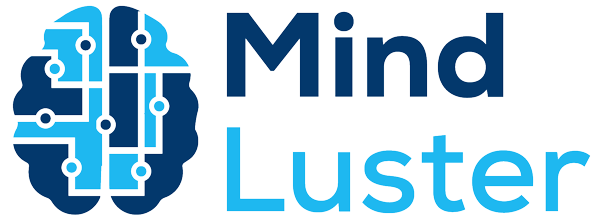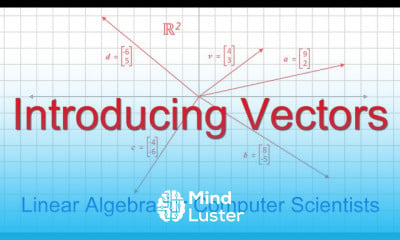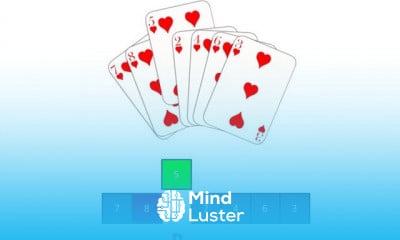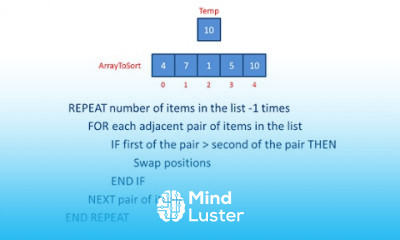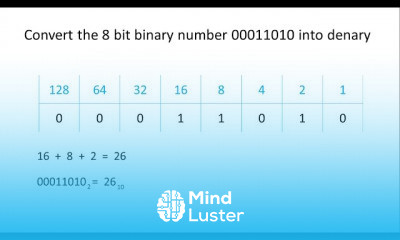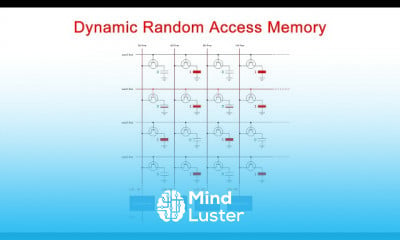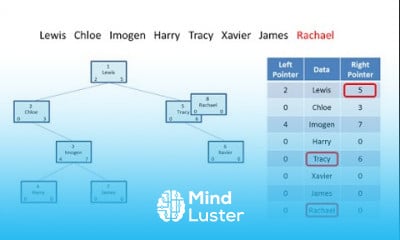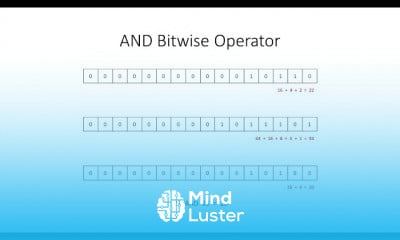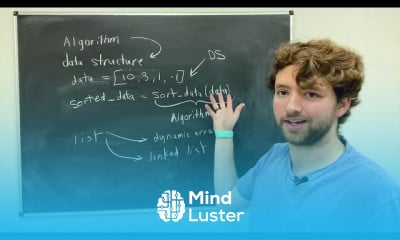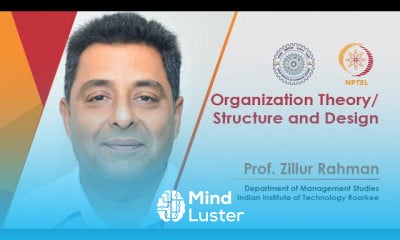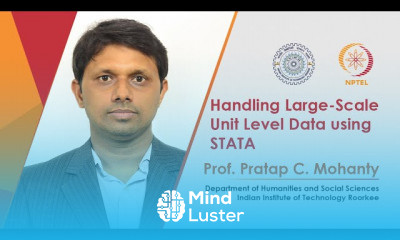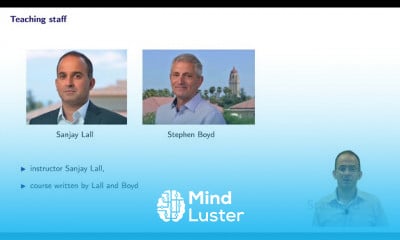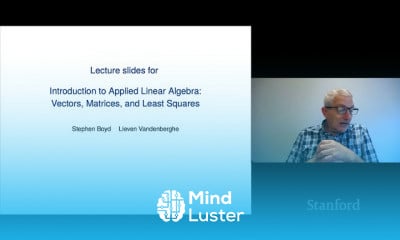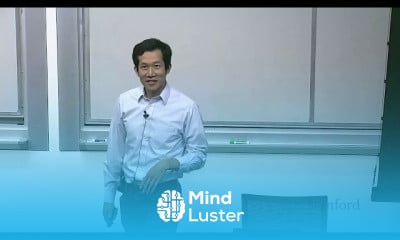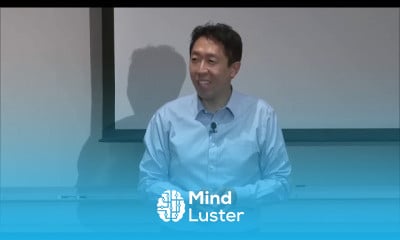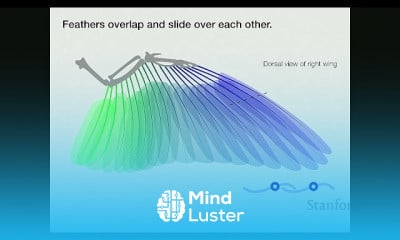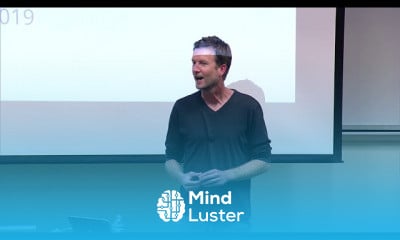Construct AVL tree for the elements 1 2 3 4 5 6 7 8 AVL Tree Insertion with example
Share your inquiries now with community members
Click Here
Sign up Now
Lesson extensions
Lessons List | 105
Lesson
Show More
Lessons
Comments
Related Courses in Computer Science
Course Description
Data structure types course,
in this course we will learn about the Data Structure Types, essential for organizing and managing data efficiently in computer programs. Data structures are foundational to programming and software development, providing ways to store and manipulate data in a structured manner. We will explore a variety of data structures, starting with Arrays, which store elements in contiguous memory locations, allowing for efficient indexing and traversal. Next, we will cover Linked Lists, where elements are stored in nodes connected by pointers, providing flexibility in memory allocation.
We will delve into Stacks and Queues, which are used for managing data with Last-In-First-Out (LIFO) and First-In-First-Out (FIFO) access patterns, respectively. The course will introduce Trees, including Binary Search Trees and Heaps, which facilitate hierarchical data representation and efficient searching and sorting operations. We will also examine Graphs, which model relationships between objects, and Hash Tables, which provide fast data retrieval using key-value pairs.
Advanced data structures like Tries (Prefix Trees), AVL Trees, Red-Black Trees, and B-Trees will be discussed for specialized applications. Additionally, we will explore Sets and Maps for managing collections of unique elements and key-value pairs, respectively. Throughout the course, you will learn about the advantages, use cases, and implementation details of each data structure, along with practical coding examples and exercises.
By the end of this course, you will have a comprehensive understanding of various data structure types, enabling you to choose and implement the most appropriate structures for different programming scenarios. Join us to master the art of data organization and elevate your programming skills.
Trends
Digital Marketing From Scratch
AI SaaS for beginners
Human Resources Management
Create mobile apps
Web Design for Beginners
Chemistry
French
Learning English Speaking
Logo Design
Cutting videos in after effects
Build a profitable trading
Network analysis Ankit goyal
Accounting Finance course
AI tools for beginners
Graphic Design | Photoshop
YouTube channel setup
Marketing basics for beginners
Create calculator using chatgpt
RADAR fundamenetals
UX design career in 2025
Recent
Animated typing indicator in figma
Figma keyboard shortcuts
Figma tools
Figma for marketing
Figma web design
UX design fundamentals
Figma mobile UI design essentials
Web design basics
Figma mobile app design
Make a planner in figma
Figma shortcuts 2024
Figma variables fundamentals
Figma design systems
Prototyping in figma
Figma auto layout UI3
Figma components essentials
Figma components in UI3
AI SaaS for beginners
Databutton AI code editor
AI code editors for beginners
